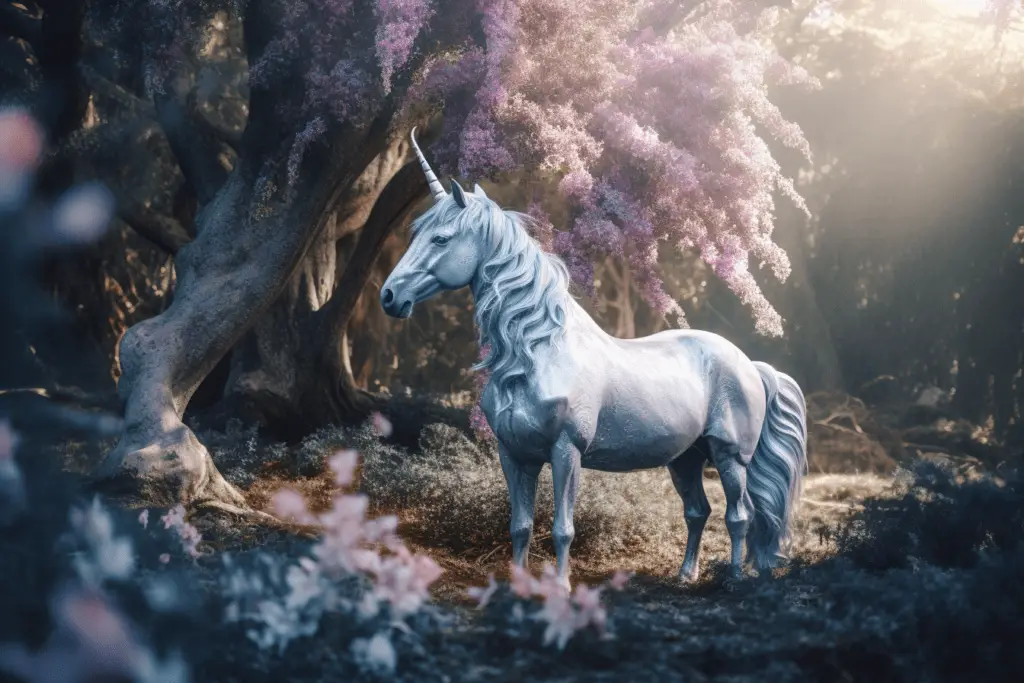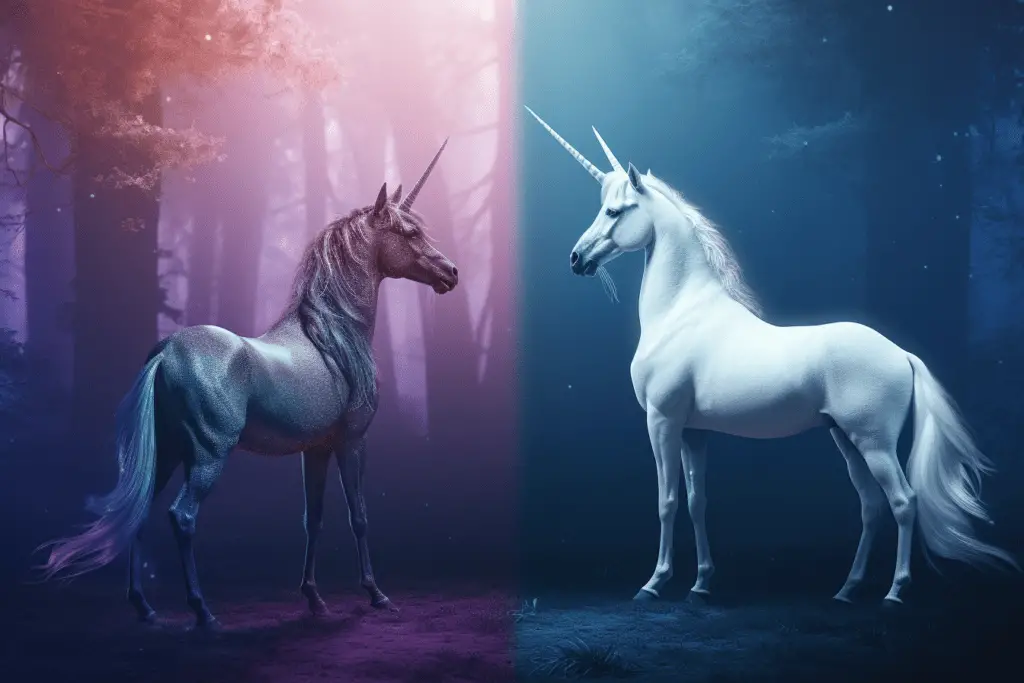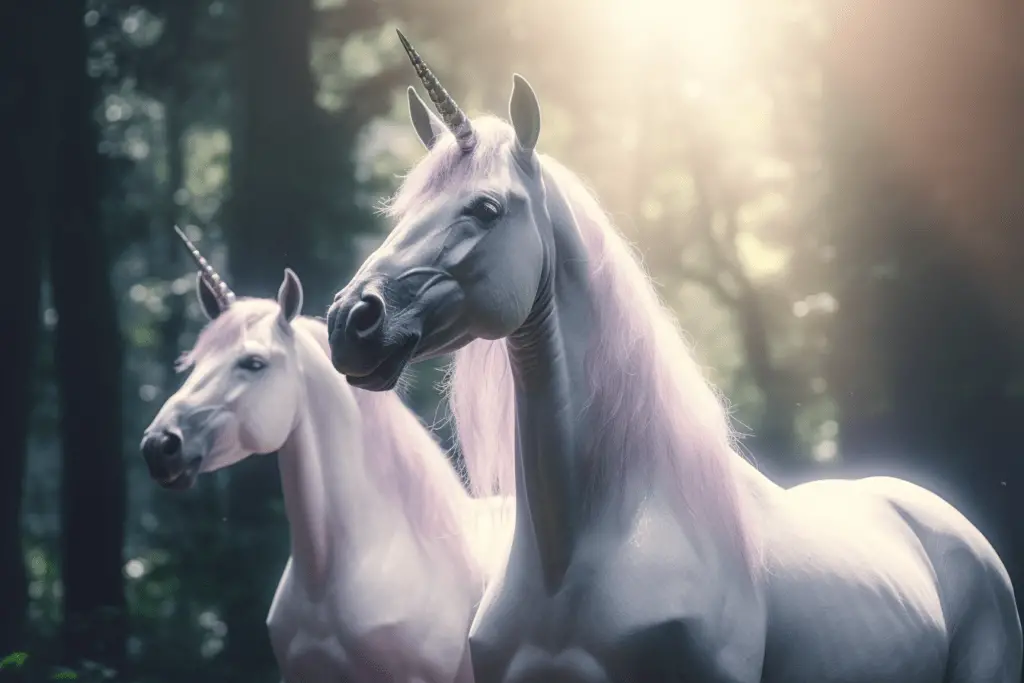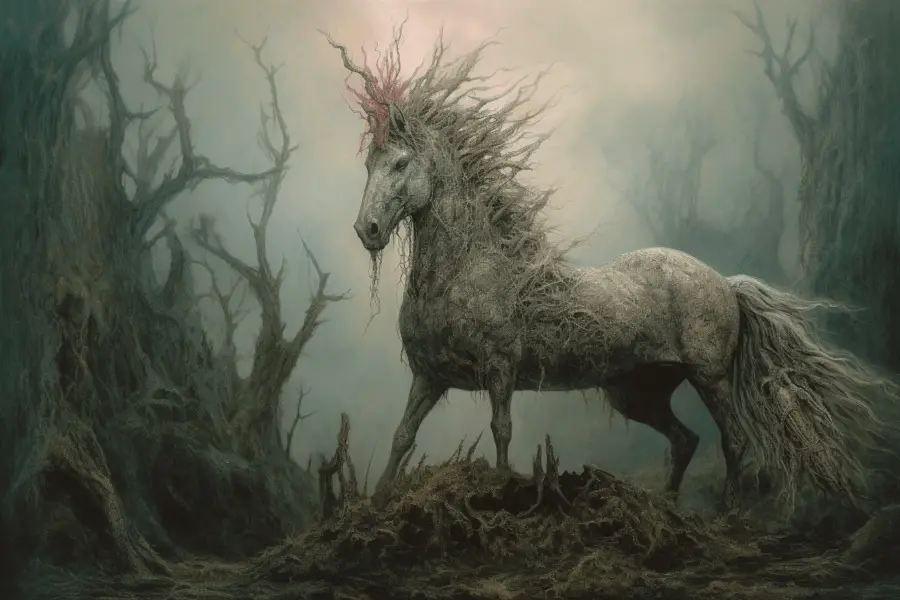Share the Lore!
By: Sid Meyers
The Fascinating World of Unicorns Revealed
Are you a fan of all things whimsical and magical? If so, then unicorns are probably high up on your list of favorite creatures. These mystical beings have captured our imaginations for centuries, appearing in everything from ancient myths to modern-day memes.
But what is it about unicorns that makes them so enchanting? Is it their shimmering manes and glittering horns, or is there something deeper at play? In this article, we’ll explore the fascinating world of unicorn mythology and symbolism, taking a closer look at the different ways these creatures have been portrayed in cultures around the world.
Unicorns in Western Mythology and Culture
If you’re picturing a unicorn right now, chances are you’re imagining a creature with a long, spiraled horn and a sparkling white coat. This is the image of unicorns that has been popularized in Western culture, but their history actually dates back much further than that.

In ancient Greece and Rome, unicorns were depicted as fierce creatures with horse-like bodies and goat-like horns. It wasn’t until the Middle Ages in Europe that unicorns began to take on a more gentle and mystical persona.
One of the most famous depictions of unicorns from this time period is the series of tapestries known as The Hunt of the Unicorn. Created in the late 15th century, these tapestries show a group of nobles in pursuit of a unicorn through a forest. The tapestries are full of symbolism, with the unicorn representing Christ and the hunt representing the pursuit of salvation.
But it wasn’t just in Christian symbolism that unicorns played a role. They were also associated with purity and virginity, which is why they often appeared in artwork and literature alongside young maidens.
Fun fact: Did you know that the unicorn is the national animal of Scotland? It's true! According to legend, a unicorn was the natural enemy of the lion, which is the national animal of England. Because of this, the Scottish monarchy adopted the unicorn as a symbol of strength and independence.
Unicorns in Eastern Mythology and Culture
While unicorns are often associated with Western culture, they’ve also played a role in Eastern mythology and culture.
In Chinese mythology, unicorns are known as “qilin” and are believed to be gentle creatures with the power to detect good and evil. They’re often depicted with deer-like bodies, fish-like scales, and a single horn on their forehead. Qilin are associated with good luck, prosperity, and protection.
In Japanese mythology, unicorns are called “kirin” and are also associated with good luck and prosperity. They’re often depicted with dragon-like bodies, deer-like antlers, and a single horn on their forehead. Kirin are believed to be benevolent creatures that appear during times of peace and prosperity.
But unicorns aren’t just found in East Asian cultures. In Middle Eastern mythology, unicorns are known as “karkadann” and are believed to be powerful creatures with the ability to heal the sick and purify water. They’re often depicted with the body of a rhinoceros, the tail of a lion, and a single horn on their forehead.
Fun fact: Did you know that unicorns were featured on ancient seals from the Indus Valley Civilization, which dates back to the Bronze Age? These seals depict a creature with a single horn and are believed to be one of the earliest depictions of unicorns in human history.

Unicorns in Indian and Middle Eastern Mythology and Culture
Unicorns have not only played a role in Western and Eastern cultures but also in Indian and Middle Eastern mythology and culture.
In Hindu mythology, the unicorn is known as “Indra’s Vajra” and is often depicted as a white horse with a single horn. It is believed to be a symbol of purity, divinity, and grace. According to legend, the god Indra rode on the back of this divine beast and used it to battle demons.
In Islamic mythology, the unicorn is known as “al-Buraq” and is believed to have carried the Prophet Muhammad during his mystical journey through the heavens. According to the story, the al-Buraq had the face of a woman, the body of a horse, and the wings of an eagle.
In Persian mythology, the unicorn is known as “shadhavar” and is believed to be a peaceful creature with the ability to neutralize poison. It is often depicted with the body of a deer, the tail of a lion, and a single horn on its forehead.
Fun fact: Did you know that in Indian mythology, the unicorn is also associated with the third eye of Lord Shiva? The third eye represents knowledge and wisdom, and is said to grant the ability to see things that are not visible to the physical eye.
Unicorns in Modern Culture
Unicorns have been a part of popular culture for decades, appearing in everything from cartoons to fashion. In recent years, they’ve experienced a surge in popularity, with unicorn-themed merchandise popping up everywhere from coffee shops to social media.

One of the reasons for this resurgence may be the fact that unicorns represent something that many people crave: a sense of magic and wonder in a world that can often feel mundane. Unicorns remind us to embrace our inner child and to never stop believing in the impossible.
But unicorns are more than just a trend. Certain communities have also embraced them as a symbol of inclusivity and acceptance. The LGBTQ+ community, for example, has adopted the rainbow unicorn as a symbol of pride and individuality.
Unicorns have also made their way into the world of literature and film, appearing in beloved stories such as “The Last Unicorn” by Peter S. Beagle and the Harry Potter series by J.K. Rowling.
Fun fact: Did you know that in 2019, a fossilized skull was discovered in Kazakhstan that belonged to a creature with a single horn? The creature, known as the "Siberian unicorn," was actually a species of rhinoceros that lived in the region more than 39,000 years ago. While not a true unicorn, the discovery of this creature adds a new dimension to the mythology and fascination surrounding these mythical beasts.
Unicorns in Contemporary Spirituality
In addition to their roles in various mythologies and cultures, unicorns have also gained popularity in contemporary spirituality. Many people believe that unicorns possess healing and transformative energies that can help individuals on their spiritual journeys.
Unicorn symbolism is often associated with concepts such as purity, innocence, and divine love. They are believed to represent the union of the physical and spiritual worlds, and the integration of the masculine and feminine energies within oneself.
Some people even claim to have had personal encounters with unicorns during meditation or other spiritual practices. These encounters are said to have a profound impact on the individual’s sense of inner peace and connection to the divine.
Fun fact: Did you know that there are actually "unicorn horns" available for purchase in some spiritual and metaphysical shops? These "horns" are typically made from materials such as quartz or resin, and are believed to amplify the healing and transformative energies of the unicorn.

